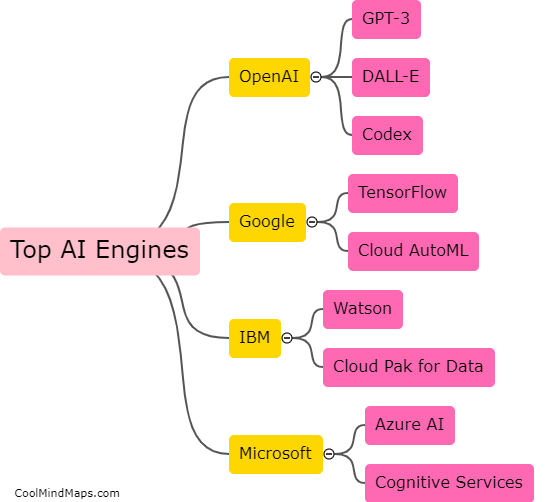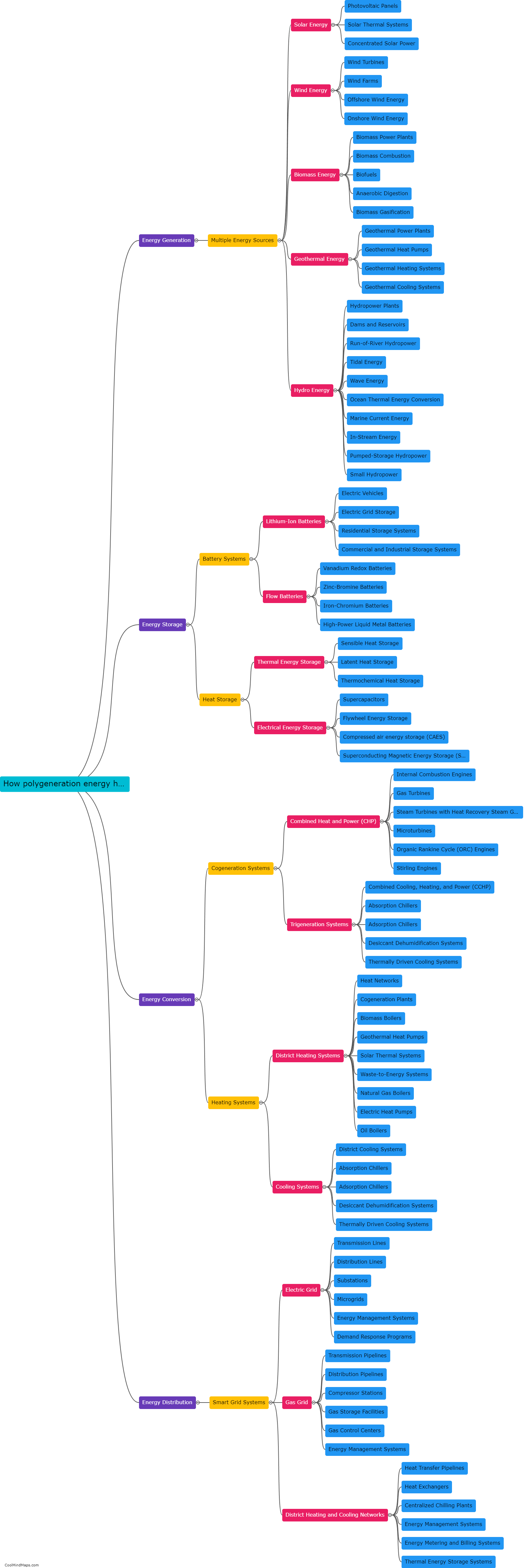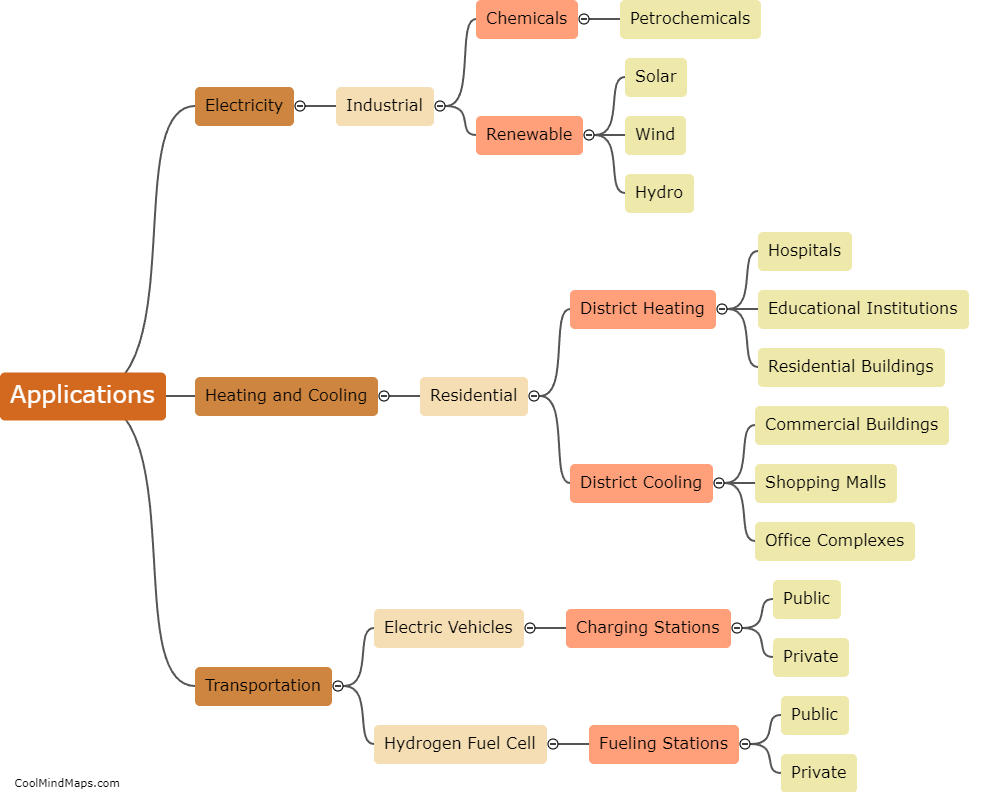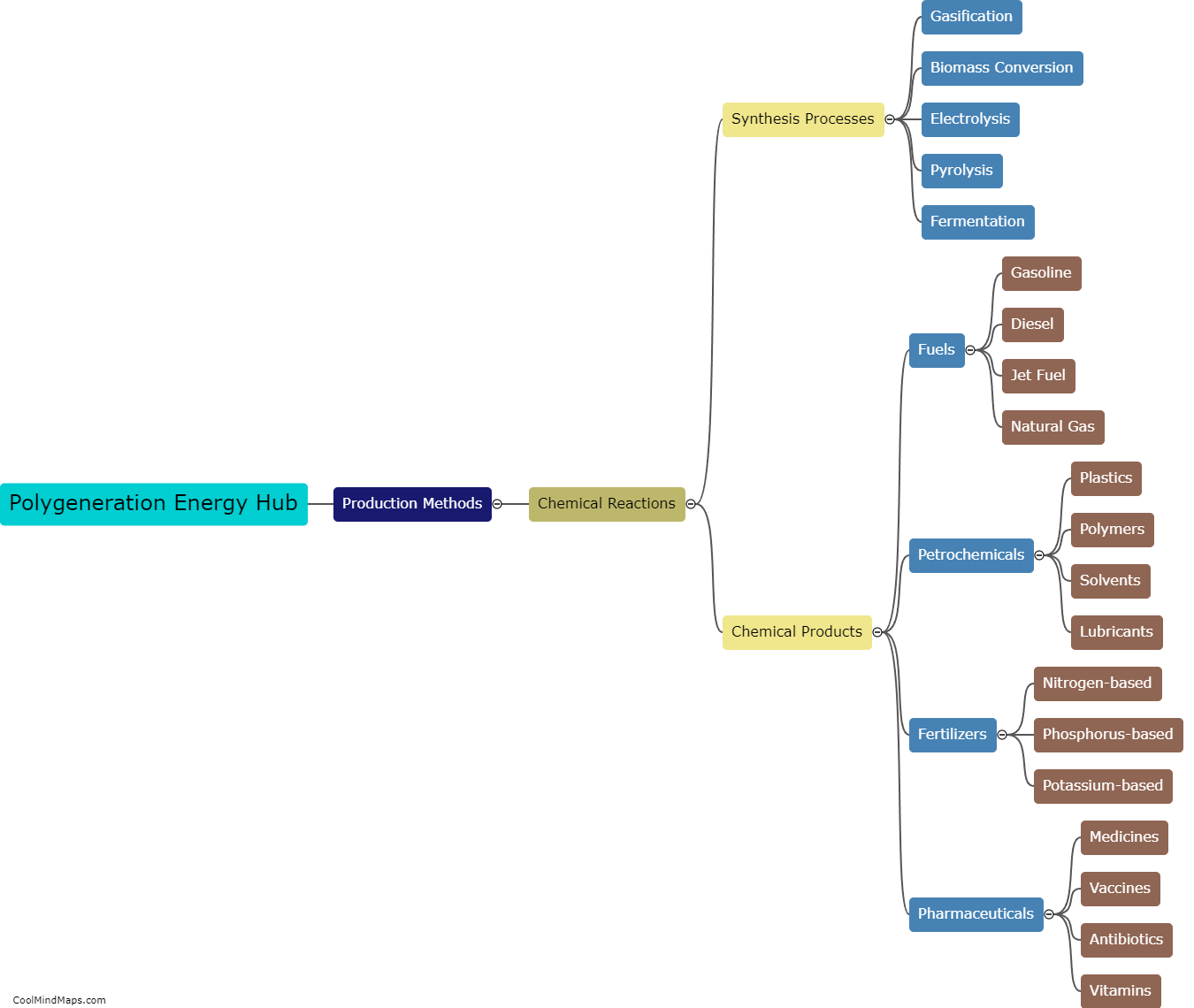What are the challenges in implementing polygeneration energy hubs?
Implementing polygeneration energy hubs poses several challenges. Firstly, integrating various energy sources like solar, wind, biomass, and natural gas into a single system requires careful planning and coordination. Each source has its own unique characteristics and fluctuations, making it challenging to harmonize their outputs and meet energy demands consistently. Additionally, the design and engineering of polygeneration systems need to consider the compatibility of different energy conversion technologies, ensuring optimum energy and resource efficiency. Furthermore, regulatory frameworks and policies may not be well aligned with polygeneration systems, making it difficult to obtain necessary permits and incentives. Finally, the high upfront costs of implementing polygeneration energy hubs and the need for specialized expertise can be barriers to widespread adoption. Overcoming these challenges requires collaborative efforts between researchers, policymakers, and industry stakeholders to optimize the design, regulatory support, and cost-effectiveness of polygeneration systems.
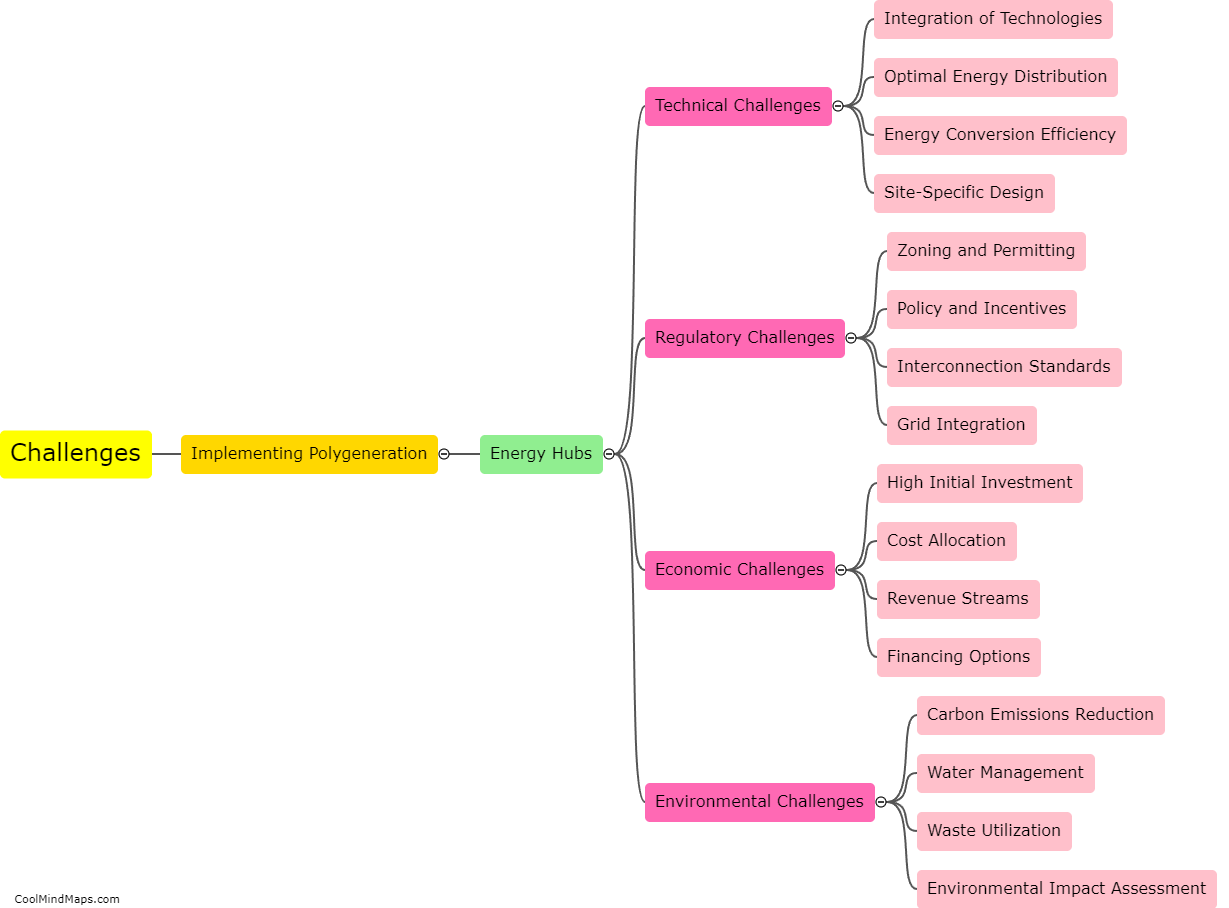
This mind map was published on 26 October 2023 and has been viewed 91 times.



